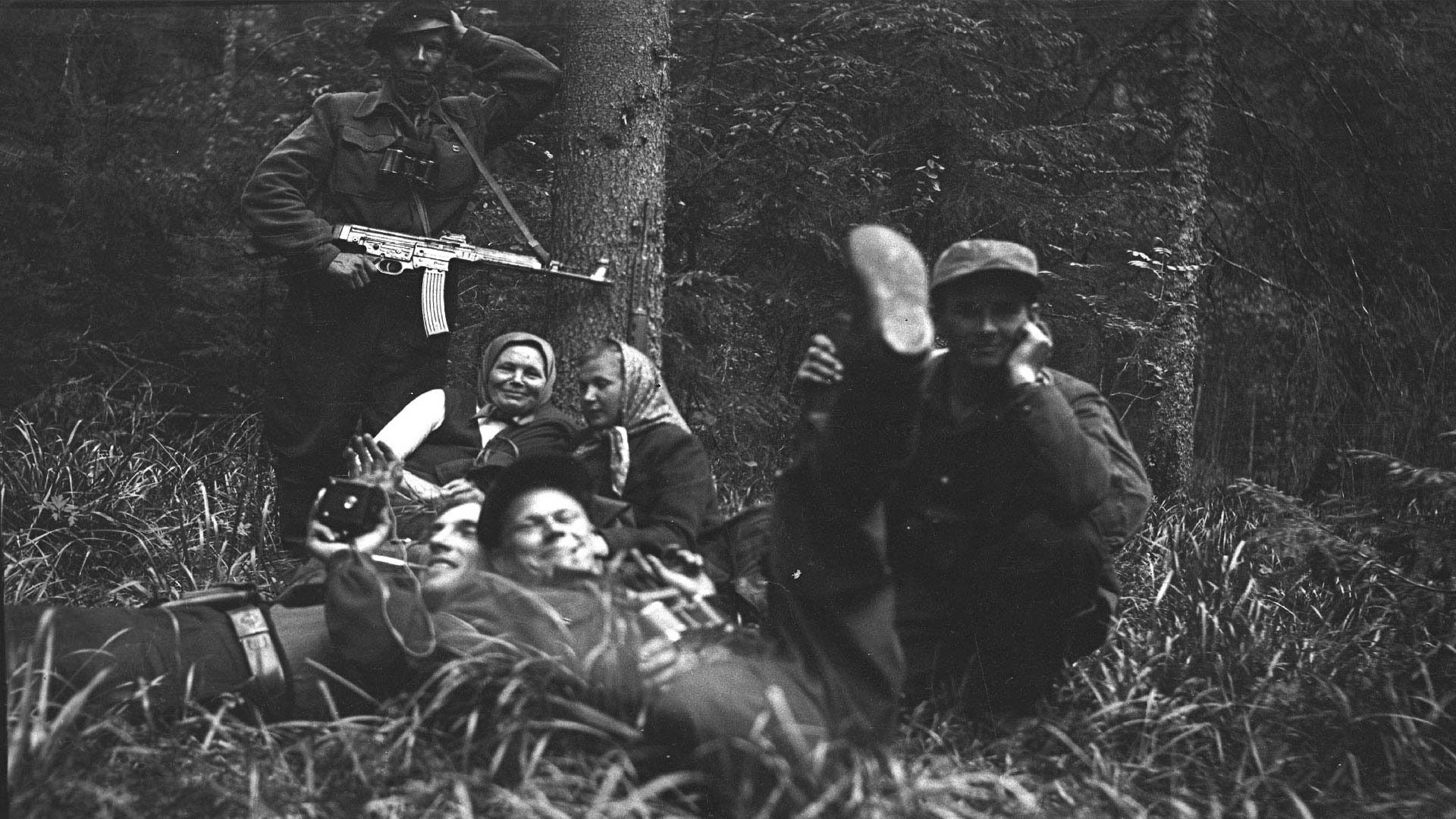Zorik, in turn, was cautious but caring to other local animals, such as stray cats. Within his final months, he was brought to a home in the countryside. Zorik's moving away and death deeply saddened the community members who loved him.
Thus, in his honour, journalist and animal rescue volunteer Heiki Valner came up with the idea to place a statue of Zorik (along with the kind of cat he would have been seen with) in his old neighbourhood. Speaking about the dog's role in the area, Valner said, “He was a point of social integration.”
This would definitely not be the first time dogs have been kind and feeling. But perhaps there was something distinct about the use of the Estonian language that connected this dog to his human neighbours.
Although English and French are Canada's official languages, when we broach the topic of how best to communicate with our canine friends, I would vouch for the effectiveness of Estonian. If you were to visit every Estonian household with a dog in North America, for that matter, I'd hazard a guess that a significant number of them were speaking Estonian to their pet dogs—even if Estonian wasn't the primary language in human conversations.
Become a subscriber to continue reading!
Every week we bring you news from the community and exclusive columns. We're relying on your support to keep going and invite you to subscribe.
Starting from $2.30 per week.




